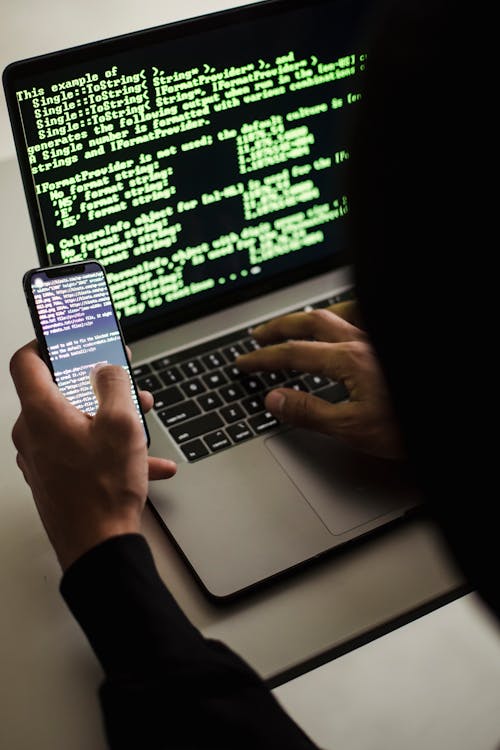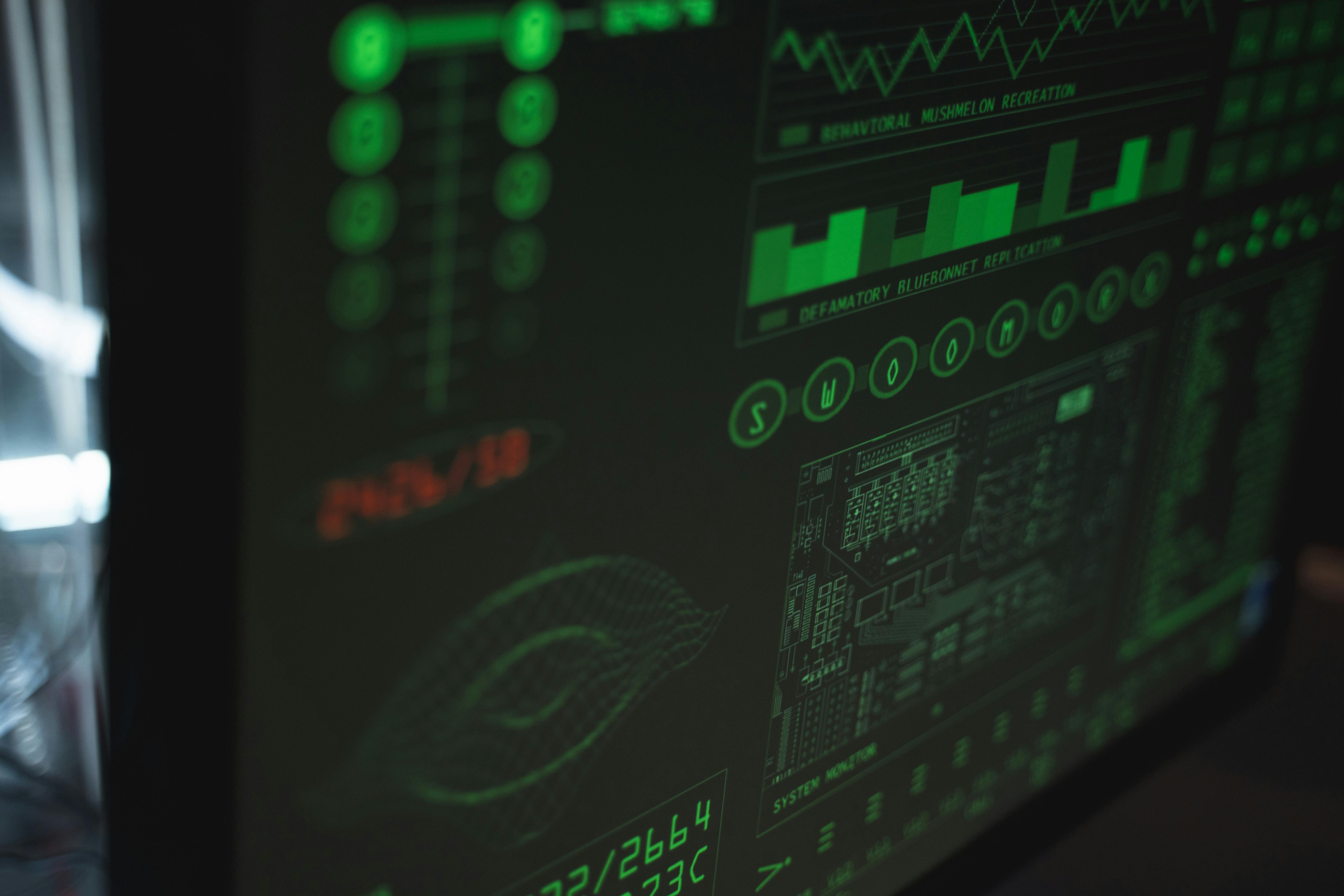The dark web is often perceived as a mysterious underworld, hidden from the average user and rife with illegal activities. Despite its reputation, the dark web isn’t entirely criminal, but it does provide anonymity that can foster nefarious behaviors like drug trafficking, human exploitation, and cybercrime.
Uncovering these hidden crimes on the dark web presents unique challenges but is critical for law enforcement and cyber forensic experts in mitigating harm. Read on as we will explore various ways to uncover hidden crimes on the dark web, emphasizing the importance of collaboration, advanced tools, and strategic approaches.
1. Understanding the Dark Web’s Infrastructure
Before uncovering hidden crimes, it’s essential to understand the dark web’s structure. The dark web operates within the deep web—parts of the internet not indexed by traditional search engines—and requires specific software like Tor (The Onion Router) for access.
Its decentralized and encrypted nature makes it difficult to monitor, but by grasping how the network functions, cyber forensic experts and law enforcement can develop targeted investigative techniques.
2. Monitoring Dark Web Marketplaces
Dark web marketplaces often serve as hubs for illicit transactions, including the sale of drugs, firearms, counterfeit money, and stolen data. Authorities can identify patterns, track illegal goods, and gather critical intelligenceby monitoring these marketplaces.
Specialized tools, such as web crawlers designed for the dark web, can aid in this process, helping cyber forensic experts penetrate market listings and uncover criminal activity.
3. Tracking Cryptocurrency Transactions
The dark web’s primary currency is cryptocurrency, particularly Bitcoin and Monero, which provide users with a level of anonymity. However, blockchain technology, which underpins most types of cryptocurrencies, offers a digital ledger that records every transaction.
While it is challenging to trace cryptocurrencies to their users, law enforcement agencies have developed sophisticated methods to track these transactions and identify links between dark web activities and real-world identities.

4. Infiltrating Criminal Networks
One of the most effective ways to uncover hidden crimes on the dark web is through infiltration. Law enforcement agencies and cybersecurity specialists often pose as buyers or sellers in dark web forums and marketplaces to gain trust within these criminal communities.
They can gather valuable information on illegal activities, actors, and structuresby becoming part of these networks, eventually leading to significant takedowns.
5. Using Dark Web Scraping Tools
Data scraping tools specifically designed for the dark web allow authorities to extract large amounts of data from dark web forums, marketplaces, and communication channels.
This information can provide valuable insight into criminal operations, including drug rings, human trafficking networks, and cybercriminal enterprises. Law enforcement agencies can piece together the identities of criminals and map out their operationsby analyzing the data.
6. Leveraging Artificial Intelligence and Machine Learning
Artificial intelligence (AI) and machine learning (ML) have become powerful tools for uncovering hidden crimes on the dark web. These technologies can sift through massive amounts of data to identify suspicious patterns and flag potential criminal activity.
Investigators can pinpoint cyber threats more efficiently by using algorithms designed to detect illegal transactions, keywords, or forum discussions related to illicit activities.
7. Tracking Stolen Data Sales
The dark web is infamous for hosting the sale of stolen data, including personal information, credit card details, and even medical records. Tracking these sales can help uncover the identity of hackers or data breach perpetrators.
Cyber forensic experts use special programs to monitor and analyze listings of stolen data, correlating them with known data breaches or cyberattacks to trace them back to the criminals responsible.
8. Analyzing Dark Web Traffic Patterns
Traffic analysis can offer important clues about hidden crimes. Examining the volume and nature of data passing through certain dark web nodes allows cybersecurity experts to identify suspicious patterns that may suggest illicit activity. For instance, spikes in traffic on specific dark web marketplaces could indicate a surge in drug sales or weapons trafficking.

9. Collaborating with International Law Enforcement
Since the dark web operates globally, it’s crucial for law enforcement agencies to collaborate across borders. International partnerships allow for the sharing of intelligence, resources, and best practices in tackling dark web crimes.
Organizations like Europol and INTERPOL work with national agencies to combat international criminal networks operating on the dark web, making it more difficult for offenders to hide behind their anonymity.
10. Deploying Honeypots
A honeypot is a trap set to attract criminals. In the context of the dark web, law enforcement agencies create fake websites, forums, or services to lure cybercriminals into revealing their identities or operations.
These honeypots can gather invaluable data on the techniques, communication methods, and transaction behaviors of dark web criminals, providing crucial evidence for legal action.
11. Using Open-Source Intelligence (OSINT)
Open-source intelligence (OSINT) refers to the gathering of information from publicly available sources. While the dark web is known for its secrecy, many criminals inadvertently leave digital breadcrumbs across the open web.
Cross-referencing data found on social media, blogs, and public forums with information obtained from the dark web helps investigators uncover the real-world identities of dark web users.

12. Tracking Human Trafficking Networks
One of the most harrowing aspects of dark web crime is human trafficking. Criminals often use the dark web to sell or trade human beings for forced labor or sexual exploitation.
Tracking these networks involves specialized tools that monitor forums and marketplaces where traffickers operate. Law enforcement can begin to dismantle the organizations and rescue victims by targeting key players within these networks.
13. Profiling Dark Web Vendors
Profiling vendors on the dark web helps investigators understand the scope of criminal enterprises. Each vendor typically has a unique profile, complete with ratings, feedback, and transaction histories.
Authorities can identify key players, locate their suppliers, and predict future transactions by analyzing these profiles. This type of profiling allows law enforcement to build stronger cases and ultimately apprehend those involved in illegal operations.
14. Decrypting Communication Channels
Many dark web criminals communicate via encrypted messaging platforms. Law enforcement agencies work tirelessly to break through these encryption barriers to gain access to criminal conversations and plans.
Developing and deploying decryption tools helps authorities intercept and read messages that may lead to the discovery of hidden crimes or provide insight into the inner workings of dark web syndicates.

15. Building Dark Web Intelligence Networks
Just as criminals form networks, so do the organizations fighting them. Building intelligence networks focused on the dark web involves assembling a team of analysts, cybersecurity experts, and law enforcement officers who specialize in dark web operations.
These teams share information, resources, and strategies for identifying and prosecuting dark web criminals, allowing for a more coordinated and effective approach to tackling hidden crimes.
16. Identifying and Dismantling Ransomware Operations
Ransomware attacks are often orchestrated through the dark web, where hackers sell malicious software or offer “ransomware as a service.” Identifying these operations involves tracking the distribution of ransomware kits and monitoring forums where cybercriminals discuss ransomware attacks.
Law enforcement can prevent further attacks and apprehend the criminals behind them by uncovering these operations.
17. Educating the Public on Dark Web Dangers
Public awareness plays a crucial role in combating dark web crimes. Educating individuals and businesses on the dangers of the dark web, how to protect themselves, and the role they can play in preventing illegal activities helps create a more informed and vigilant society.
Raising awareness also aids in reducing the demand for illegal goods and services found on the dark web, ultimately weakening the criminal enterprises that operate there.
Take Action Against Dark Web Crimes with Eclipse Forensics
Uncovering hidden crimes on the dark web requires expertise, advanced tools, and a dedicated approach. At Eclipse Forensics, we specialize in navigating the complexities of the dark web to expose illegal activities and protect your interests.
Whether you are a business seeking to safeguard your data or a law enforcement agency needing support in your investigations, our team of seasoned cyber forensic experts is here to help.
Together, we can enhance your security measures and bring dark web criminals to justice with our digital forensic services, such as video enhancement and forensic audio analysis. Contact us for a consultation and let’s take the first step in safeguarding your future.
























